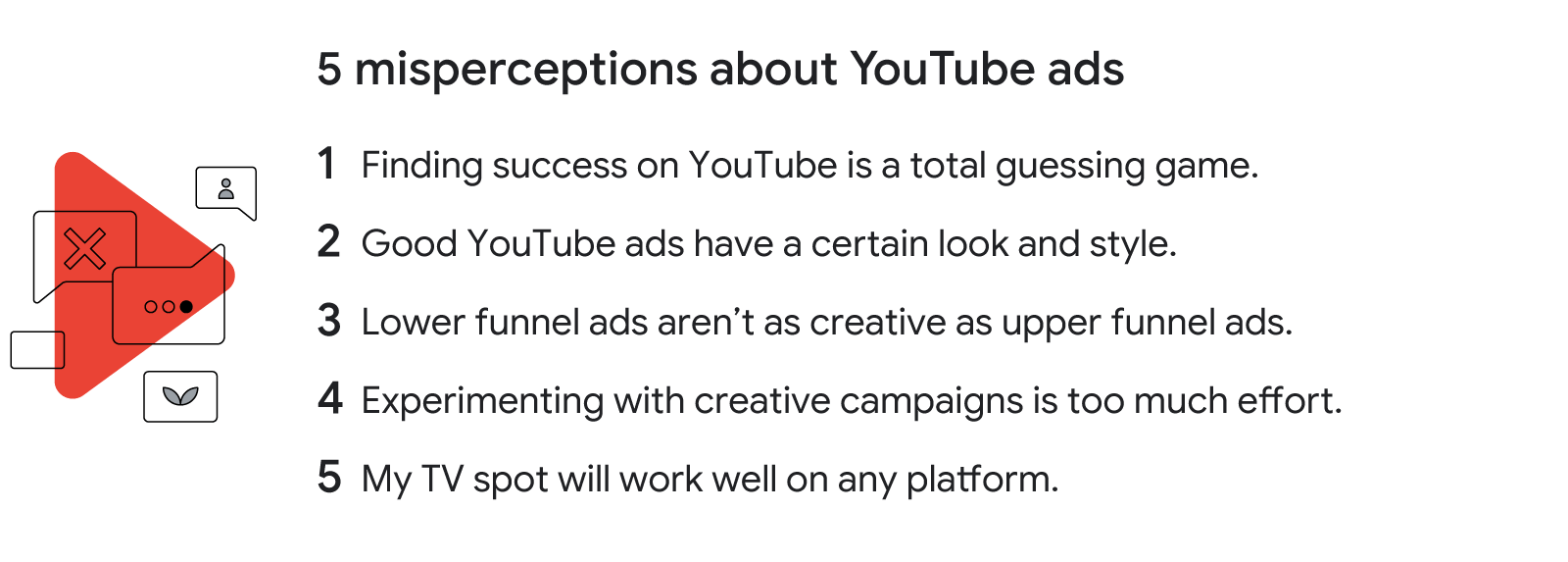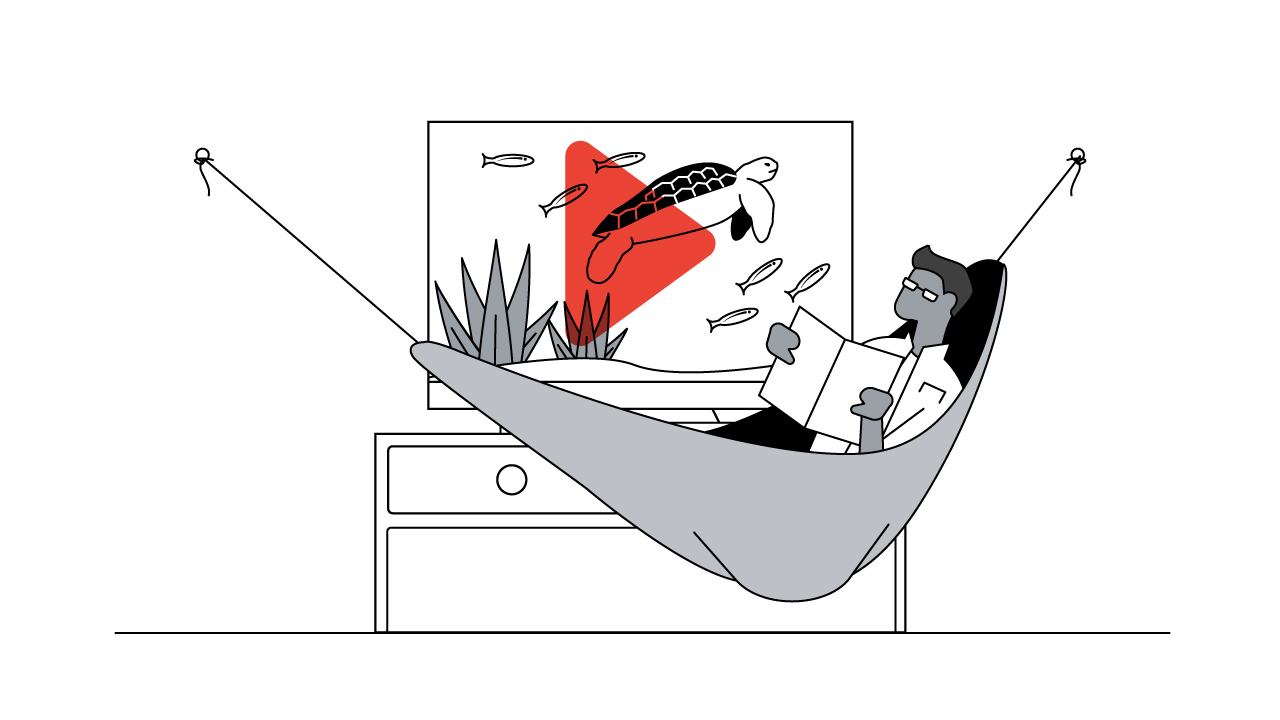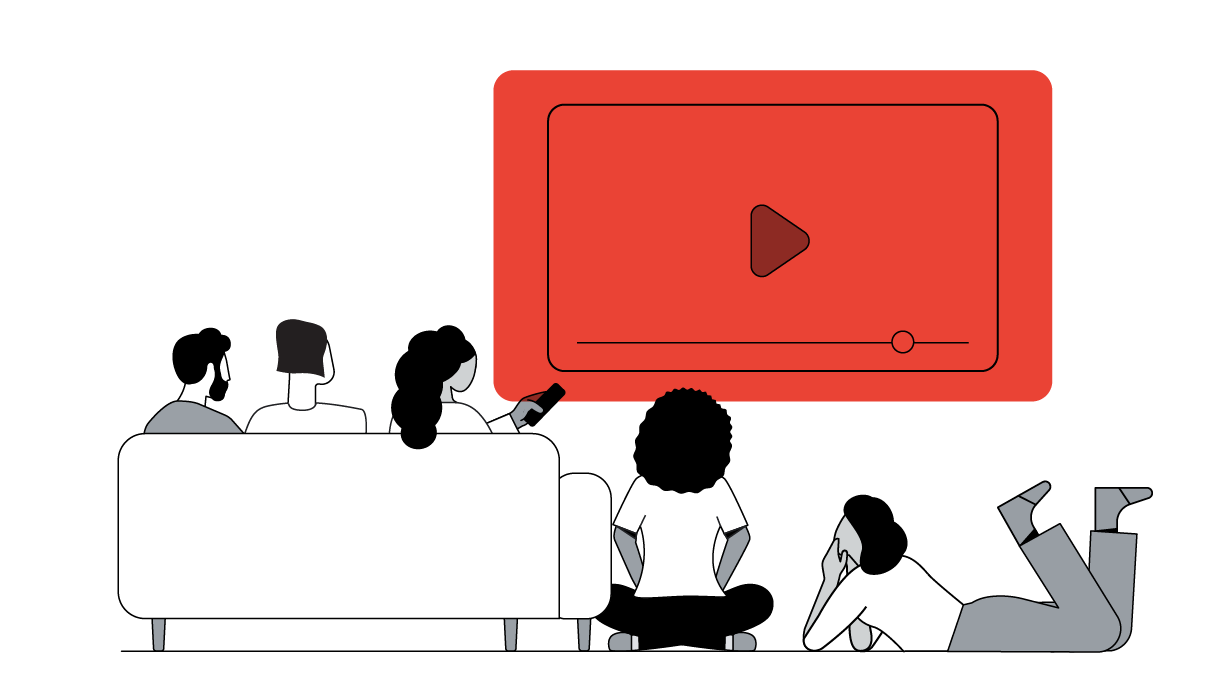Ben Jones is the global director of Creative Works at Google, where he works with brands and creative teams all over the world to make the most of their digital campaigns. Creative Works is a newly formed team with the mission of helping brands drive better business results with more effective creative.
No matter what tools or technology you have at your disposal, good creative is the last unfair advantage of ads that work. It’s only natural that marketing and creative teams develop their own “rules” about what makes for effective creative on YouTube ads. We often find that those rules could benefit from a reframe. The truth is, successful brands on YouTube use creative strategies and mindsets that bust assumptions. Here are a few misperceptions we've encountered and some suggestions for how you might reframe them into best practices for YouTube ad creative.

Assumption 1. Finding success on YouTube is a total guessing game.
The reframe: A few foundational principles can help you take smarter, more informed creative risks.
You should absolutely take risks on YouTube. But that doesn’t mean shooting in the dark to find what works. There are some basic principles to making effective YouTube ads, and these principles can inform which risks are worth taking. The ABCDs of effective creative on YouTube are based on years of research on tens of thousands of ads from all over the world to uncover which specific creative elements contribute to the biggest impact on YouTube.

- Attract: Draw attention from the beginning.
- Brand: Integrate your brand naturally.
- Connect: Connect with emotion and storytelling.
- Direct: Clearly state a call to action.
Ads that follow the ABCDs as a guide have been shown to yield 30% lift in short-term sales likelihood and 17% lift in long-term brand contribution.1 There’s still plenty of room to build creatively on those foundations, but keeping them in mind will better equip you to take those risks and make more effective creative choices.
Assumption 2. Good YouTube ads have a certain look and style.
The reframe: There are all kinds of effective YouTube ads, and many don’t even necessarily look or feel like ads.
While there are certainly creative principles you can start with, that doesn’t mean there’s a one-size-fits-all approach to execution. Looking at the wide spectrum of effective YouTube ads across marketing objectives around the world, we’ve found that focusing on what your ad says and how it makes people feel is more important than the way your ad looks.
Effective YouTube ads can be many things, like an episodic docu-series, a scripted undercover investigation, a user-narrated product review, or an interview with the CEO. It can be a music video partnership with a famous actor-turned-singer that goes viral in its first 24 hours. It can even be an anime series starring the product as the hero, which sells out immediately, beats the team’s KPIs, and boosts year-over-year product sales by more than 100%.
YouTube is a breeding ground for creativity, and advertisers have as much of an opportunity to participate in that as anyone else on the platform. Effective ads give viewers a taste of your brand, product, or service — and that leaves a lot of room for creativity.
Assumption 3. Lower-funnel ads aren’t as creative as upper-funnel ads.
The reframe: You can be creative about being direct.
Sometimes ads that are meant to drive action get a bad rap. There’s concern that lower-funnel ads cheapen the story or sell the brand short. But we’ve seen brands get really creative with calls to action. It just requires thinking about the ad as the start of the viewer’s next action, allowing the work to extend beyond that one impression. This is especially important on YouTube where 63% of viewers in the markets we’ve studied say they bought from a brand as a result of seeing it on the platform.2

A creative way to customise lower-funnel ads is to align with the viewer’s passion points and make a more directed offer. Or you could champion search insights like Saudi Arabia's stc, when the team collaborated with a Youtube creator to answer people's most asked questions on search in a light-hearted way, despite the technical nature of the topic.
Gucci U.K. got creative with ad sequencing to hone in on viewers most interested in its products as part of its holiday season campaign. Partnering with filmmaker Harmony Korine, the team produced a colourful, nostalgia-tinged video ad. With ad sequencing, they first raised awareness by featuring a campaign teaser video that led to the full director's cut on YouTube. Then, to increase consideration, Gucci showed a 6-second bumper ad series to viewers who showed interest in the teaser. Finally, the brand served product-focused ads to those viewers using TrueView for action and TrueView for shopping ads that connected them directly with the link to purchase. The campaign itself was viewed 5.4 million times globally with a 58% view completion rate, and it drove 44.5K clicks to Gucci’s website.
Assumption 4. Experimenting with creative campaigns is too much effort.
The reframe: An experimental approach to video creation can reap long-term benefits and break your reliance on assumptions.
There’s a difference between having an experimental approach to creating video ads and conducting a one-off test. The former is a mindset that reaps deep learnings and keeps you from relying on long-held assumptions. The latter is a thing you do every once in a while, and works best for campaign-specific learnings.
An experimental mindset doesn’t have to slow you down or cost you more, and it will pay off in the long term. Think of every campaign your brand puts out there as an experiment. See what you learn, which new questions emerge, and what needs to be optimised. Advertisers who successfully used Video Experiments saw 60% higher ad recall from the better performing creative.3

Start by changing one variable (big or small), like simple edits to the pace, the framing of your opening shot, or a variety of copy tweaks. Even the smallest changes can make a big impact. The more you experiment, the more you will understand not only what levers to pull creatively for your brand, but deeper insights about your audience.
Aspiration, a digital banking alternative focused on social good, has taken an experimental mindset when it comes to video creative. The team consistently tests through the entire production process. They run ads with variants of headlines, calls to action, and even landing pages to fully optimise their creative for success. By running different versions and looking at Brand Lift and Search lift results, they’re able to determine the more effective creative to put their weight behind. Thanks to these optimisations and experiments, Aspiration was able to drive a 25% lift in relative brand awareness, over 16,000 email leads, and more than 3,400 new users.
Assumption 5. My TV spot will work well on any platform.
The reframe: Build for digital, and find success on all platforms, including TV.
Creating assets tailored for each platform usually requires more lift than most brands and creative teams can spare. What we’ve found is that when you start with a digital audience in mind, by grabbing attention immediately; building for mobile with tighter framing, large-type text, and color contrast for visibility on smaller screens; and with sound on, your ads will perform better everywhere, including on TV.
Then for YouTube in particular, layer on some of its specific capabilities like personalising your video ads at scale, like the Greek pizza chain Pizza Fan, or transforming a TV spot into a multipart video ad using ad sequencing, like LinkedIn U.K.
In its first ever brand-led campaign, LinkedIn U.K. had a beautiful 60-second TV spot. The team devised a test. They would run the TV spot on YouTube to see how it performed, and they would also run tailored-for-YouTube assets: four separate short-form videos that featured a large on-screen logo, with sound on, and sequenced together to serve to viewers over time. Hands down, the YouTube-tailored assets performed better. “We saw increased consideration by 20%, ad recall up 178%, and a campaign that was 2.3X more cost efficient in driving brand lift,” said Katriona O’Leary, the brand’s group manager for paid media.
Great brands around the world are constantly pushing to rethink long-held assumptions about what works on YouTube. Follow the foundational principles of effective creative, think creatively, build for digital, and take advantage of the capabilities YouTube offers — all with an experimental mindset — and you’ll be well on your way to making effective video ad creative.
Think with Google has added a new destination for creativity to its portfolio. Find the creative insight, inspiration, and tools you need to make effective creative work — all in one place.







